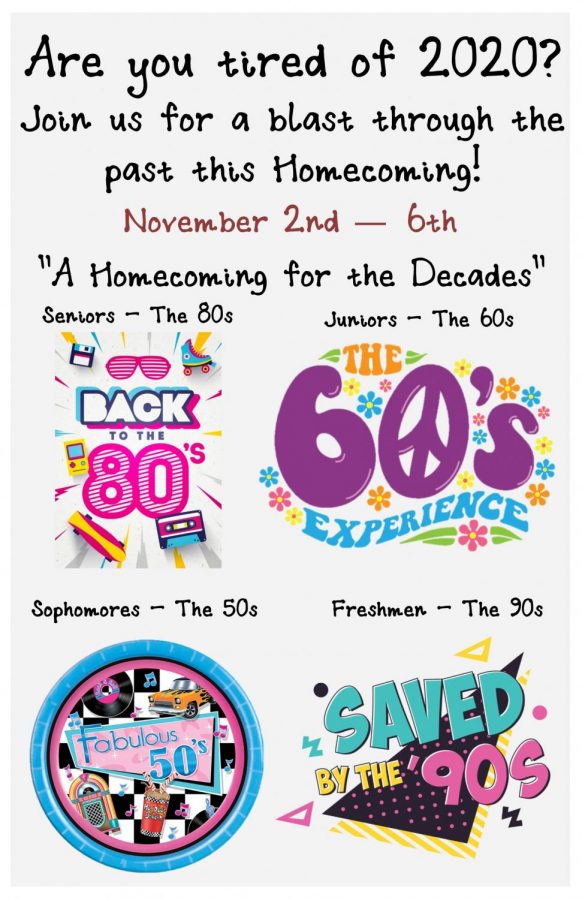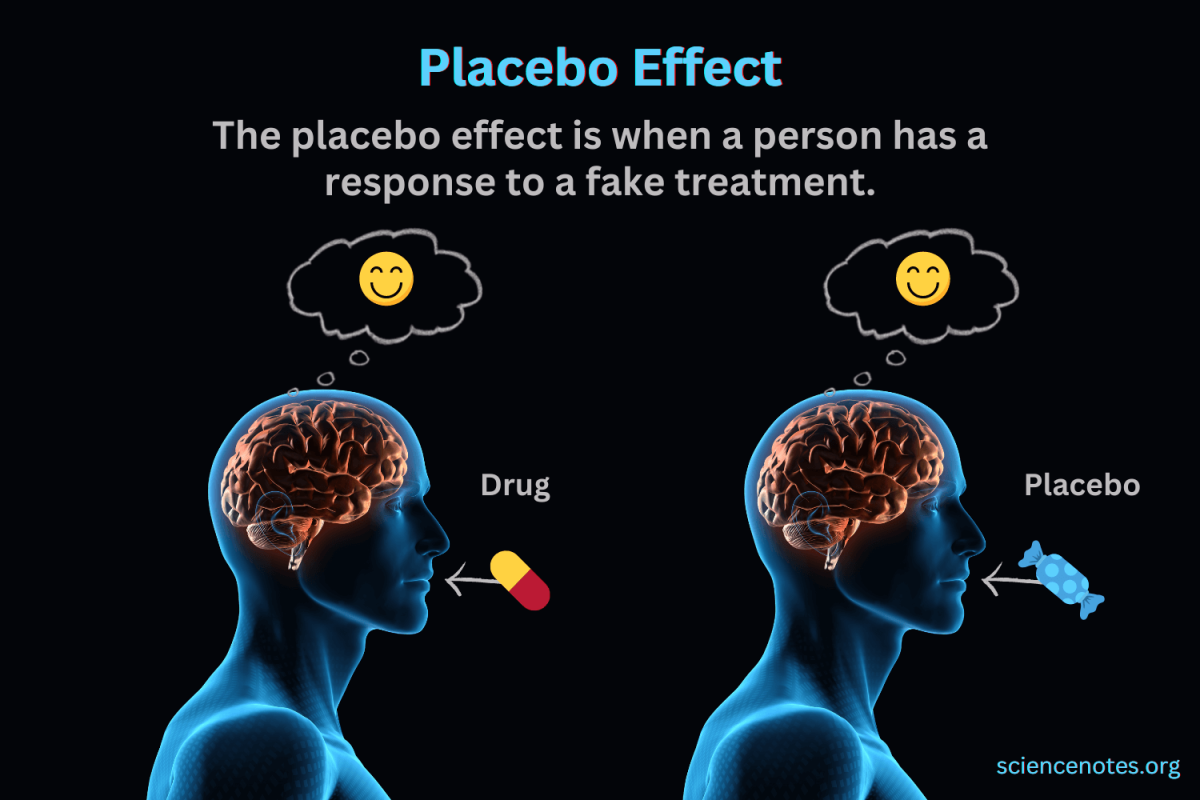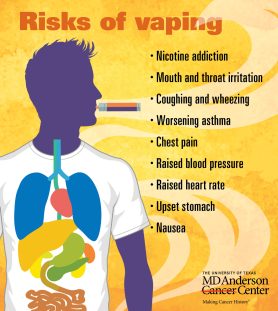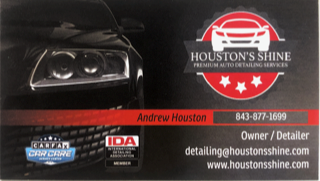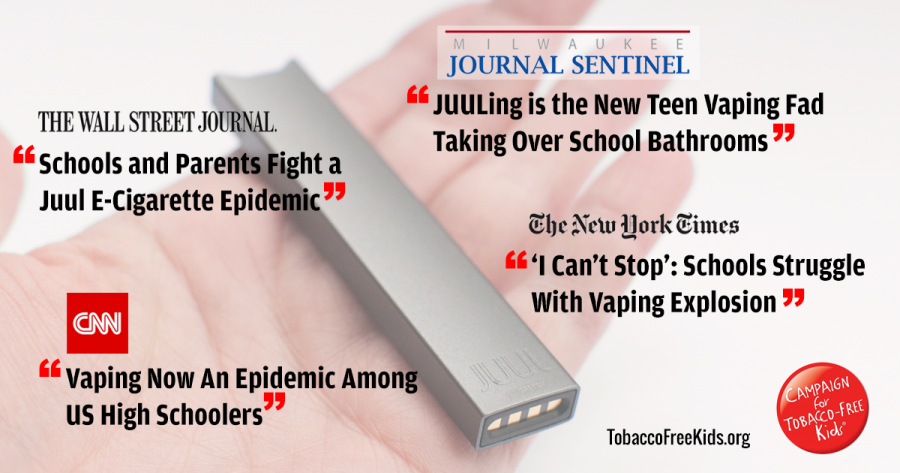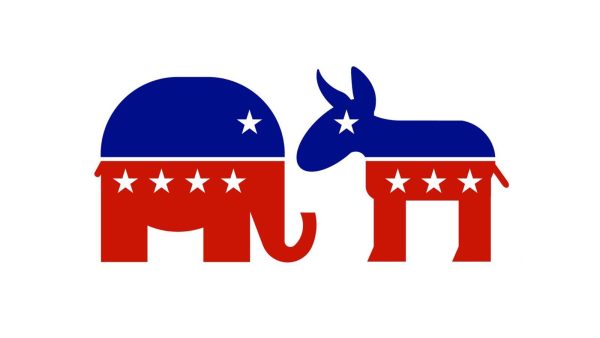The Teen Vaping Trend
August 27, 2018
Over the recent years, the “vaping” trend has taken over the youth of America. Electronic vaping products have been on the market in the U.S. since 2008. The original purpose for these devices was to stimulate the feeling of tobacco for adult smokers who were trying to stop the habit. While many still contain nicotine and other addicting ingredients, they are a safer alternative for adult smokers when used responsibly.
While they were created to do good for America, they have suddenly turned bad for our youth. The Centers for Disease Control (CDC) conducted a study in 2016 proving that one in four teens were participating in the use of electronic vaping products, including e-cigarettes and vape pipes.
In May of 2018, an estimated 3 million underage people currently use vaping products. This includes those who have never smoked cigarettes, but just decided to follow the trend.
Vaping chemicals in these products can actually be more concentrated, and much more dangerous when used in these products. Drugfree.org shares, “Even beyond nicotine and THC, synthetic chemicals that make up these liquids expose the lungs to a variety of chemicals, which could include carcinogens and toxic metal nanoparticles from the device itself. Not only could these chemicals make their way into young lungs, causing irritation and potentially ‘smoker’s cough,’ but they could also damage the inside of the mouth and create sores.”
The phenomenon recently got worse when the Juul was released in 2017. As truthinitiative.org states, “Juul devices heat up a cartridge containing oils to create vapor, which quickly dissolves into the air. The device is small enough to fit in a closed fist and has a sleek, tech-inspired design that resembles a USB flash drive.”
Also mentioned, “While its manufacturer says that Juul is only for adults, it comes in flavors — including mint, mango and crème brulee — which are proven to appeal to young people and facilitate initiation of tobacco product use.”
Since the release of the Juul, numbers have doubled. CNN is calling it “the health problem of the decade.”
So what is all the fuss about the Juul, and why is it such a big deal for young people to use them?
One Juul pod, which delivers about 200 puffs, contains the same amount of nicotine as one pack of cigarettes. On average, one would go through about one pod per 3 days. Nicotine is one of the most addictive, well-known chemicals in tobacco. It’s an alkaloid, meaning it contains nitrogen. This means it is chemically similar to other addicting things like caffeine and cocaine.
Consumption of nicotine in adolescents leads to three major problems: Increases the neurotransmitter dopamine, increases the number of nicotine receptors in the brain, and affects the mix of neurotransmitters. Because the brain is under construction, it’s more sensitive to these chemicals. The brain of a child consuming nicotine differs from an adult. When a young person consumes nicotine, the receptors in the brain increase, and the desire for nicotine increases.
Drdavewalsh.com mentions, “Every time a young person lights up, the brain extends its desire for more nicotine by creating more of these ‘docking stations.’ When the ‘docking stations’ are plugged with nicotine, the dopamine level remains high. However, when the increased number of nicotine receptors are not ‘plugged’ the dopamine level drops leaving the smoker feeling lousy. The way to feel good again is to add more nicotine.”
Adults, on the other hand, have more controlled nicotine receptors. Their brain has a fairly fixed amount, which holds back the brains desire of wanting more nicotine.
The idea of vapes and Juul’s being a “safe alternative” for cigarettes is causing serious problems in today’s adolescents. While it is known that cigarettes have long-term, life-threatening effects, it is assumed that vaping products are safe to use. They have also become the “cool” thing amongst many teens. The short-term, as well as the long-term effects of these products, have proven to be just as bad, if not worse, than the problems cigarettes may cause in young people.
Seventeen-year-old Jack Waxman of New York founded an organization called “Juulers Against Juul”. He attends a high school where Juuling is a very common issue. He recently released a six minute eye-opening public service announcement about the Juul.
Due to all the negative effects of vaping, all individuals need to take the time to evaluate what they are doing to their bodies. Don’t allow this to ruin your lives.
FYI:
Dr. Dave Walsh shares some tips for parents, guardians, and teachers of teens who use or are interested in using vaping products:
- Talk about the brain. In addition to the health risks associated with smoking, share information with your kids about the impact of nicotine on the teenage brain and addiction.
- Make it clear that you do not want your children to smoke cigarettes or e-cigarettes. Be honest, clear, and consistent with your message.
- Media literacy matters. Smoking continues to be glamorized in movies and on TV. E-cigs are presented as “cool,” harmless, and tasty. Talk about these manipulative marketing strategies and have conversations early and often about the “myths vs. realities” of nicotine consumption in real life.
- Start early. Many kids start experimenting with nicotine as early as eleven years old. Don’t wait until high school to talk about the risks.
- Create a smoke free home. Don’t allow anyone to smoke indoors, including any current smokers.
- Role play strategies for refusing a cigarette or e-cig.
- Listen first. If you catch your child smoking, first try to understand why he or she decided to try it. Was it to fit in with friends? Gain a sense of calm? Get your attention?
Note: Kelsey Mitchell, one of the senior editors of The Prowler for 2017-18 school year, completed this article the last week of school in June. We felt it would reach more readers if we waited to publish it at the beginning of this school year. Thank you, Kelsey, for such an informative article.







